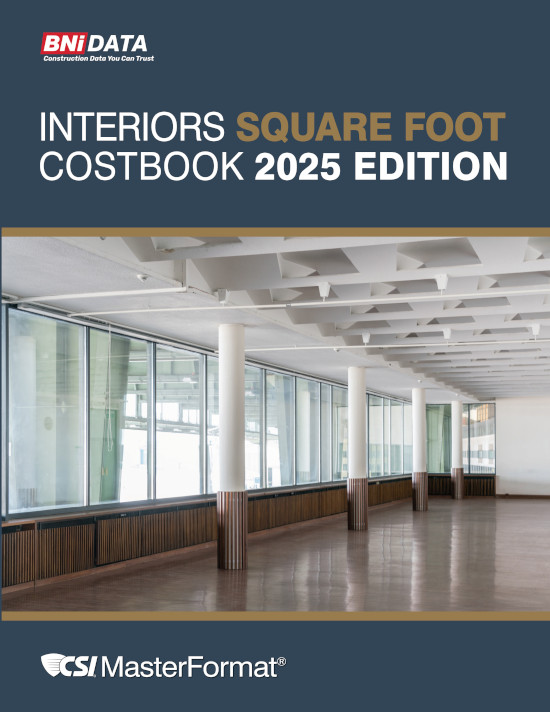Underlayment is one of those overused industry terms that carries a different meaning depending on the person with whom you are talking. It can be shorthand for carpet cushion, as well as used for the sound-abating cushion beneath hard surface options such as laminate, resilient and hardwood. It can even allude to crack isolation membranes and backer boards in the case of ceramic tile.
Floor Trends spoke with several manufacturers in the segment to give retailers some basic pointers on selling the material and why it is an important part of the overall package in making the end user happy.
Todd Hall, Cal-Flor Accessory Systems’ product development director, said when selling underlayment as part of a flooring sale, you should always take the time to review the flooring manufacturer’s requirements to ensure no warranties are being voided. “For laminates and woods, there are many choices on the market. Know which underlayments have an actual moisture barrier, what the R-values (measurement of thermal resistance) are and what the STC (Sound Transmission Class) and IIC (Impact Insulation Class) ratings are. These are all important to know and relay to the customer. Many apartments and condos have specific regulations as far as STC/IIC that must be met.”
He also recommended choosing an underlayment that performs better than the minimum default. “Simply meeting minimum requirements only works if everyone before you also met minimum requirements, nothing has changed and no one made any mistakes. That means a flat subfloor, zero moisture, perfect tongue-and-groove milling and no sound problems with the neighbor living below you. This is nearly impossible to know or guarantee; one screw-up and your minimal product doesn’t cut it. The ratio of the cost of a good underlayment relative to the overall project is just not worth scrimping on.”
Fahren Green, regional manager for Halex Corp., warned retailers to make sure the customer understands the value—not just the price—he or she is getting in a product. “Possibly the biggest thing going on in the segment right now is the influx of underlayments from China, which vary significantly in quality and price. Not all of these products are bad but unfortunately many of them are purported to have characteristics they simply cannot support.”
He said when it comes to underlayment, a best practice is to go with a reputable, well-known manufacturer. “Look at how long the company has been around. Does it have a written warranty? What is that warranty? Who makes the judgment upon what has actually failed if the warranty comes into play? A company that has been in the industry for a long time can back its warranties up.”
Anamaria Cindric, marketing for Keene Building Products, said when it comes to working with tile dealers should know the basic requirements of a ceramic installation. “When working with tile in a wet area such as a bathroom over a plywood subfloor, always make sure to specify some type of waterproofing underlayment. Tile and mortar will allow water to saturate, and that water will over time rot the wood. The tile will separate and mold may grow, and the floor will be ruined.”
Kelly Kennedy, MP Global Products’ national sales manager, offered these tips for choosing an underlayment under tile: “The selected underlayment should have enough thickness and compression resistance to smooth out minor subfloor imperfections so the tile lies flat and should resist the transfer of concrete subfloor cracks through to the tile or grout above.”
Laminate flooring must be sold with underlayment because the product is “intrinsically loud,” he added. “Underlayment made specifically for laminate not only spreads out and dampens structural impact to the floor but also absorbs noise. Underlayment for wood and laminate flooring should address not only sound control but moisture control, thermal insulation and cushioning.”
For glue-down or floating LVT, Kennedy also recommended underlayment engineered specifically for that flooring type. “These underlayments feature the proper compression resistance and can help minimize any impressions and indentations that may occur.” No matter what type of flooring is ultimately chosen, “make sure the warranty covers it. The warranty of the underlayment might exclude a specific type of finished floor or subfloor.”
Bob Cummings, Pak-Lite’s sales manager, said retailers should always carry underlayment for multiple flooring types and not adopt a one-size-fits-all approach. “You would not want to use a laminate underlayment for tile, or carpet cushion for hard surface because chances are the floor will fail. Most laminate and resilient locking systems have underlayments specifically approved to work with those systems. The retailer should be in tune with the flooring suppliers’ needs and requirements by reading the warranty and installation instructions.”
Underlayment is not just an essential for laminate flooring, he added. “Without some type of underlayment, a laminate floor could disengage at the locking system or at the least sound horribly hollow and ‘clicky.’ The same can apply to floating engineered, bamboo and exotic wood floors that are not glued down.”
According to Jeb Broomell, USG’s product marketing manager for tile and flooring, “no two underlayments are identical.” He advised retailers to research the various underlayment options out there instead of just sticking to one type. “Our Fiberock, for example, is suitable for vinyl and hardwood in addition to tile. Know the needs of your customer so you can offer an option for any flooring type being installed.”











